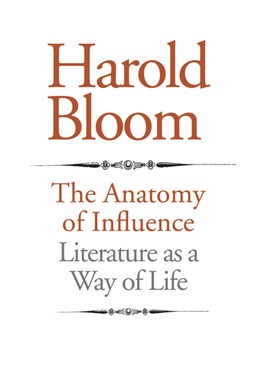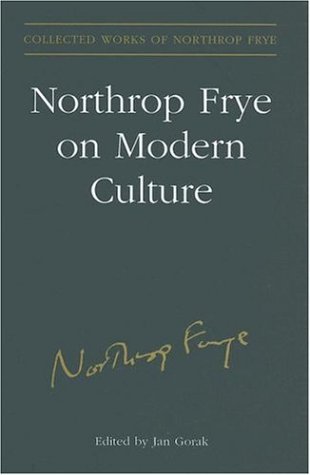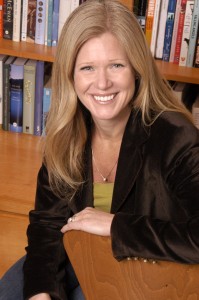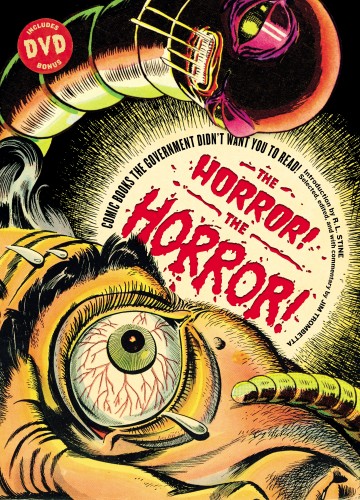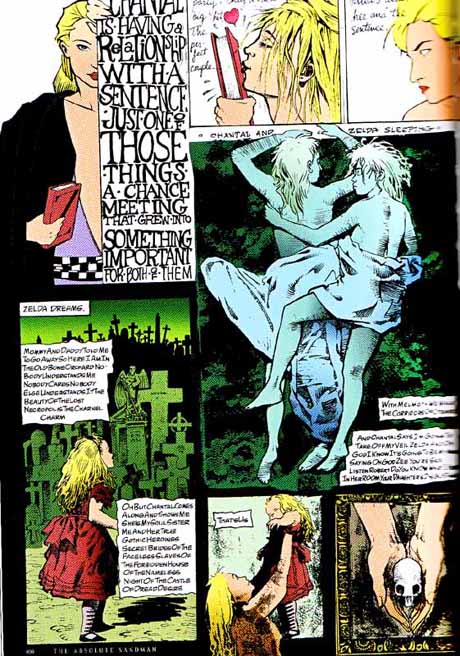httpv://www.youtube.com/watch?v=cHGu11GL9qw
Bloom interviewed by the New York Times
Here’s a review of Harold Bloom’s The Anatomy of Influence in The Brooklyn Rail.
It’s difficult to be fully comfortable with Bloom when it comes to Frye. Frye himself suggested that Bloom’s “chief anxiety of influence” related to him. The reviewer notes, for example, that Bloom says he derived his title from Burton’s The Anatomy of Melancholy, which he claims to love. It is also, of course, an unmistakable echo of Anatomy of Criticism, which Bloom recently claimed he can no longer read.
From the review:
Bloom has carried the banner for “secular canonization” for a long time, and notes that he fought for it first with the distinguished critic Northrop Frye and later against the New Cynicism. “For more than half a century I have tried to confront greatness directly, hardly a fashionable stance,” he says, “but I see no other justification for literary criticism in the shadows of our Evening Land.”
How is this “secular canon” established?
The weapon of choice in Bloom’s arsenal is the pronouncement. The book abounds in statements that can only be accepted or denied and that are not supported by anything more than the power of his assertions and explanations.
This nicely encapsulates the fact that the subjective response at the centre of Bloom’s criticism is only on the periphery of Frye’s. It is also a reminder that while criticism may include value judgments, it cannot be based on value judgments.
Jonathan Allan’s earlier post on The Anatomy of Influence here.

